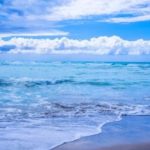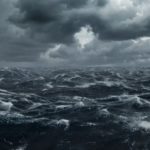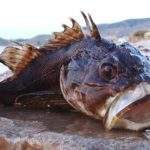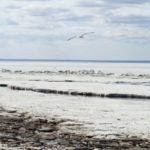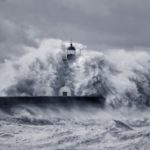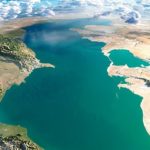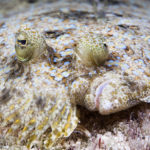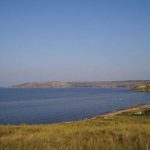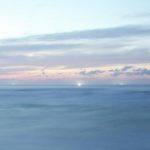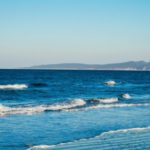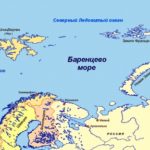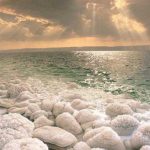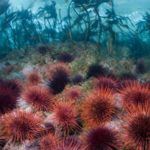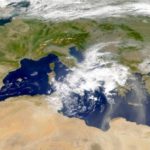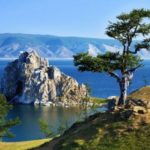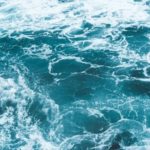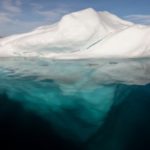Interesting facts about the Sea of Okhotsk
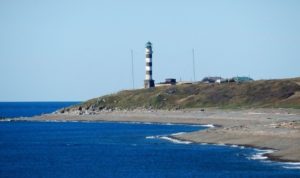 The cold waters of the Sea of Okhotsk are not lifeless. Of course, the diversity of life in them is not as great as in warm tropical waters, but there is a lot of fish here. True, a fair portion of the year’s trial cannot sail the Sea of Okhotsk due to severe northern weather and the glaciation of the sea surface. That, however, does not negate the importance of navigation routes that run through these regions and are very important for the Russian economy.
The cold waters of the Sea of Okhotsk are not lifeless. Of course, the diversity of life in them is not as great as in warm tropical waters, but there is a lot of fish here. True, a fair portion of the year’s trial cannot sail the Sea of Okhotsk due to severe northern weather and the glaciation of the sea surface. That, however, does not negate the importance of navigation routes that run through these regions and are very important for the Russian economy.
Its waters, like ice, sometimes shine, but people only managed to observe this glow only a few times. Scientists believe that it is caused by luminous plankton.
Only two countries of the world, Japan and Russia, have direct access to the Sea of Okhotsk, although its waters are plowed by vessels of different states.
Only Russia has the right to fish here and extract minerals from the bottom of the Sea of Okhotsk.
The total length of the coastline of the Sea of Okhotsk exceeds 10,500 kilometers. This is more than the length of all of Russia from west to east.
The name of the Sea of Okhotsk got acclimatized because of the river Okhota, which flows into it. Before it was called the Kamchatka Sea, but now this name is considered obsolete.
In winter, the entire northern part of the Sea of Okhotsk is covered with ice, and in some places the ice cover lasts up to 9 months a year.
Despite the low diversity of life forms that can exist in such cold water, about 70 different types of algae grow in the Sea of Okhotsk.
In the Sea of Okhotsk there is an island called “Island of Misunderstanding”. He received such an unusual name due to the fact that the research expedition that worked here forgot to put it on the map.
About 120 rivers, including large ones, flow into the Sea of Okhotsk, therefore its coastal waters are distinguished by low salinity – less than 30 ppm.
In the winter of 2010–2011, a large-scale rescue operation took place in the Sea of Okhotsk during the month, requiring about 200 million rubles of expenditures and 6.6 thousand tons of fuel for ships. In the ice trap there were 15 ships with 700 people on board. They managed to save everyone, and 11 ships escaped from the ice that held them together, but the remaining 4 vessels had to be rescued by icebreakers.
In 2018, the Wild Sea of Russia documentary, dedicated to the Sea of Okhotsk, was shot in Australia.
